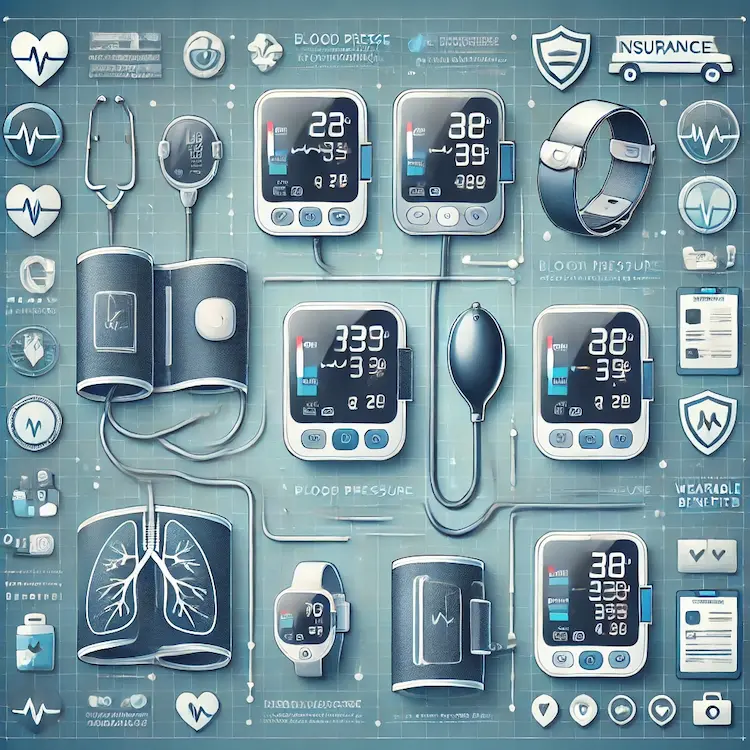Managing high blood pressure (hypertension) is a critical component of long-term health and wellness. Blood pressure monitoring devices empower individuals to track their health conveniently. However, the cost of these devices can be a barrier. Understanding insurance coverage for blood pressure monitors can ease financial strain and promote regular monitoring, leading to better health outcomes.
| Device Type | Key Features | Ideal For | Cost Range |
|---|---|---|---|
| Manual Sphygmomanometer | Requires training for accurate use | Healthcare professionals | $20–$50 |
| Digital Monitors | Easy to use, automated readings | Home users | $40–$150 |
| Wearable Devices | Continuous monitoring, smartphone syncing | Tech-savvy, on-the-go users | $70–$250 |
| Ambulatory Monitors | Tracks readings over 24 hours | Diagnosing complex cases | $200–$300+ |

| Aspect | Medicare | Private Insurance | FSA/HSA Accounts |
|---|---|---|---|
| Eligibility Requirements | Dialysis patients, prescription | Varies by plan, needs approval | Open to account holders |
| Coverage Scope | Limited | Broader but inconsistent | Dependent on balance limits |
| Ease of Reimbursement | Moderate | Complex, requires documentation | Straightforward |
Insurance coverage for blood pressure monitoring devices plays a pivotal role in ensuring health equity and accessibility. By understanding the various policies and tools available, individuals can make informed choices about managing hypertension. Regular monitoring not only saves lives but also reduces societal healthcare costs, making this a win-win solution for all stakeholders.